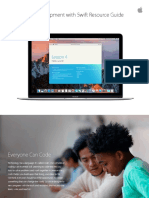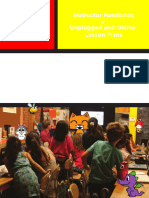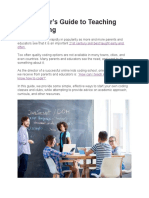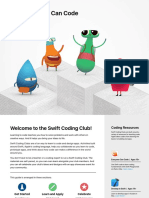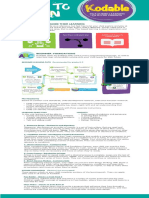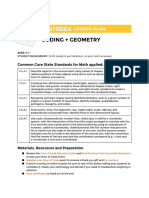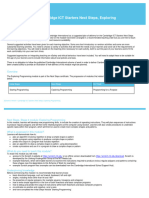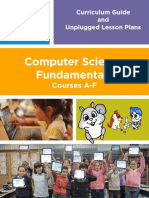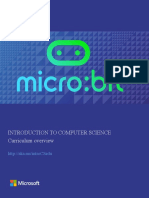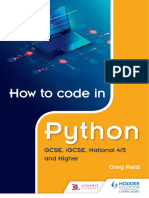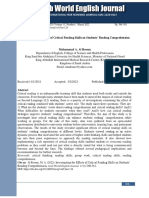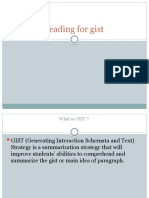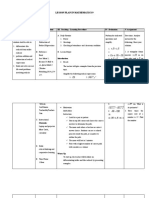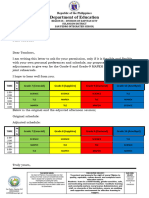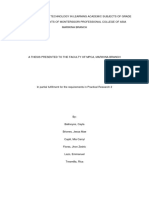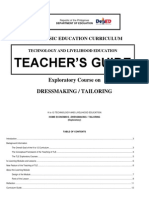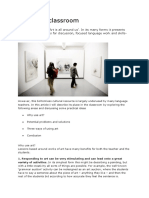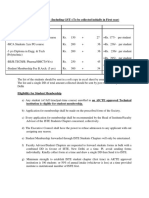0% found this document useful (0 votes)
27 views10 pagesEveryone Can Code Curriculum Guide
The document outlines Apple's K–20 Coding Curriculum Pathway, which includes resources for teaching coding with Swift for various age groups, from early learners to advanced students. It features interactive tools like Swift Playgrounds, modules on coding concepts, and additional resources for educators to support inclusive learning. The curriculum emphasizes hands-on activities, problem-solving, and app design to engage students in coding and technology.
Uploaded by
waliddahroug10Copyright
© © All Rights Reserved
We take content rights seriously. If you suspect this is your content, claim it here.
Available Formats
Download as PDF, TXT or read online on Scribd
0% found this document useful (0 votes)
27 views10 pagesEveryone Can Code Curriculum Guide
The document outlines Apple's K–20 Coding Curriculum Pathway, which includes resources for teaching coding with Swift for various age groups, from early learners to advanced students. It features interactive tools like Swift Playgrounds, modules on coding concepts, and additional resources for educators to support inclusive learning. The curriculum emphasizes hands-on activities, problem-solving, and app design to engage students in coding and technology.
Uploaded by
waliddahroug10Copyright
© © All Rights Reserved
We take content rights seriously. If you suspect this is your content, claim it here.
Available Formats
Download as PDF, TXT or read online on Scribd
/ 10



